









Beiqiao Boat Fist
Further images
-
(View a larger image of thumbnail 1
)
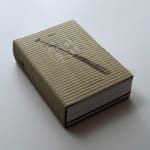
-
(View a larger image of thumbnail 2
)
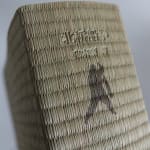
-
(View a larger image of thumbnail 3
)

-
(View a larger image of thumbnail 4
)
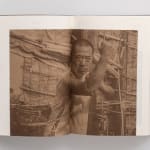
-
(View a larger image of thumbnail 5
)
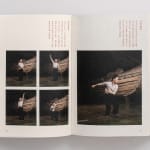
-
(View a larger image of thumbnail 6
)
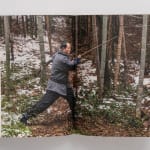
-
(View a larger image of thumbnail 7
)
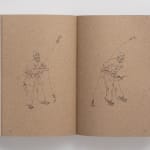
-
(View a larger image of thumbnail 8
)
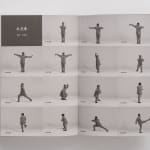
-
(View a larger image of thumbnail 9
)
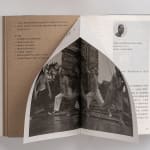
-
(View a larger image of thumbnail 10
)
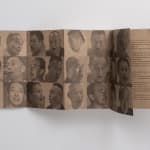

A Martial Arts Apocrypha
The Boat Fist is a boxing style practised in eastern China’s Taihu Lake area. The Jiangnan region inherited martial arts traditions that date back to the ancient Wuyue civilisation, which flourished during the Spring and Autumn and Warring States periods. The Boat Fist pattern is also referred to as “open mouth boat fist”, which is a set of martial arts moves: punches, strikes, kicks, and stands accompanied by chanting and singing. This monograph entitled Beqiao Boat Fist is a multifaceted and important cultural record of the intangible heritage.
Visual Storytelling
Using photographic narratives, the book introduces Boat Fist’s cultural and historical context to readers. Numerous artifacts associated with this martial arts form, such as bridges, fish nets, boats, paddles, anchors, and oars, are carefully documented in photographs. The natural wetlands surrounding Taihu Lake and its reed marshes and bamboo groves are also presented in relation to the martial arts practice. The woven reed book cover is unique, and most appropriate for a book about lakeshore dwellers as woven reed mats and baskets are part of their daily life. The material also emits a faint but delightful scent that enhances the reading experience.
Diversity in Unity
As Boat Fist chants and songs are sung, the book also contains lyrics and music scores collected from the area. Each chapter of the book has illustrations or photographs, and is an in-depth ethnographic study of different facets of the Boat Fist tradition. Although the book is printed and produced with modern technology, a number of design details, such as an uncut page where readers can find a black-and-white photograph and fold-out pages, allude to stitch-bound books and uncirculated scrolls, part of martial arts apocrypha from ancient China. Papers in different textures and colours contribute to the book’s visual appeal and clear structure, but the overall reed green and yellow colour scheme dovetails with the woven reed book cover, and gives the book a formal coherence.

